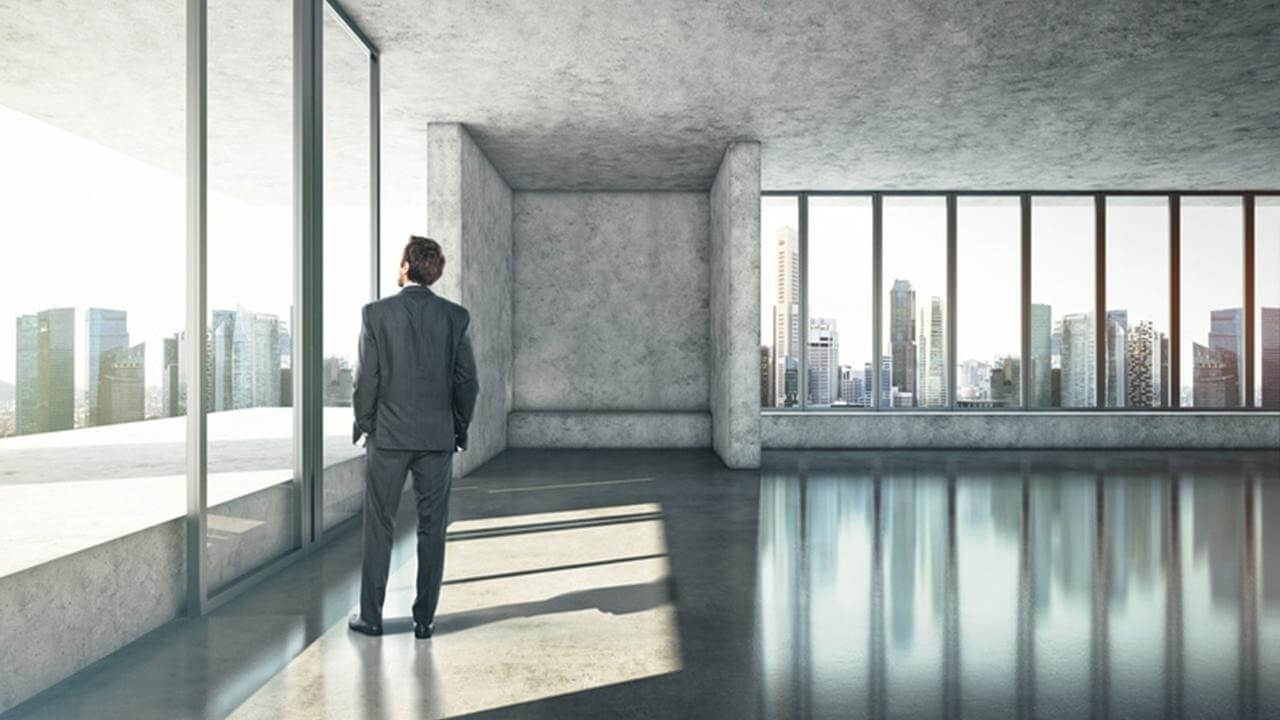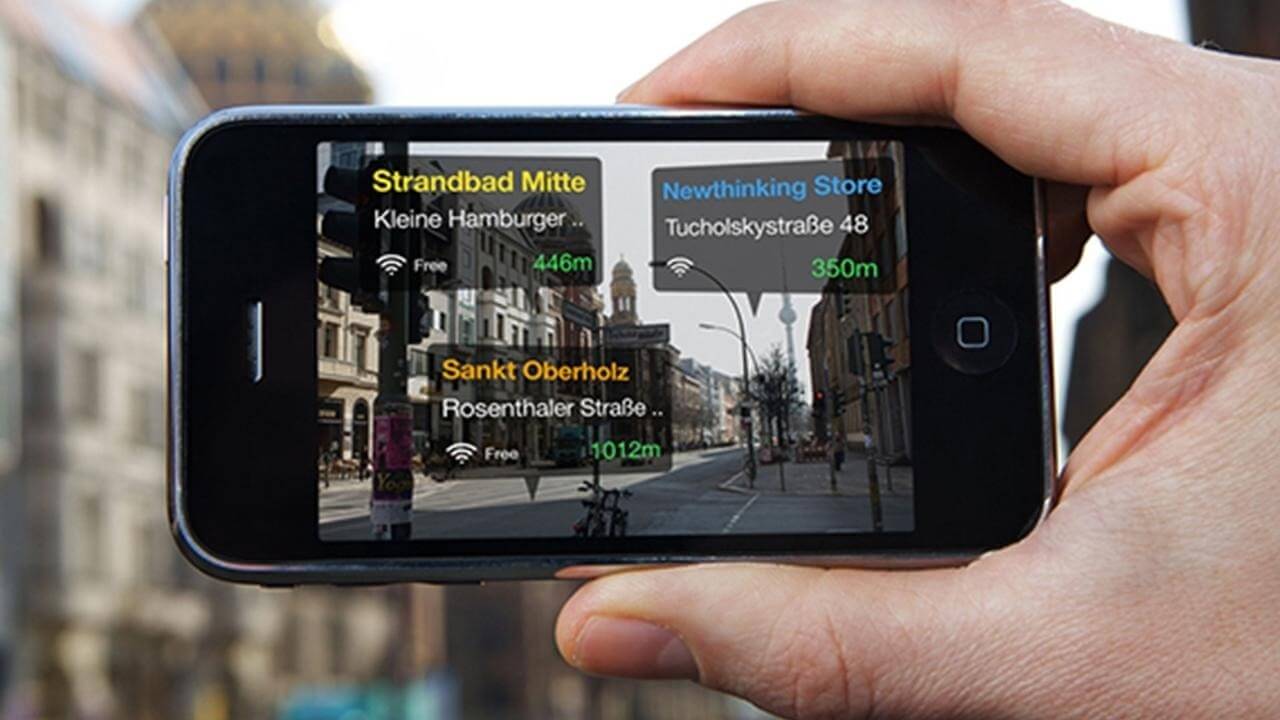The Link Between Emotion and “Sense of Place”
Architecture can trigger emotion. Just look at how designed memorials can trigger emotions like pride, sadness, or gratitude. Similarly, other building types can yield surprise or can even mellow one’s mood. It all becomes a matter of how a particular place is designed — to trigger for an emotional response in its occupants.
Emotion in architecture can often be linked to how well an architecture exudes a “sense of place” — where the emotion experienced of a particular architecture can be shaped by its “sense of place”. Often, “sense of place” can help an architecture take on a type of personality — and this personality can serve to trigger emotion in its building occupants because it connects with them.
But the question remains: Why is human emotion an important factor for you to consider as you design your architecture? For starters, reaching for an emotional response in occupants can help your architecture achieve a higher level of poetics. You see, when your architecture can connect emotionally with its occupants, its message and its meaning can be felt more deeply — thus, more readily leaving a lasting impression.
Architecture that Unfolds Into a Story
In the book called Atlas of Emotion by Giuliana Bruno, motion is linked with emotion, as are the physiological bodily sensations that result because of a felt emotion. (1) So what does this mean for you? As your architecture guides occupants along its journey, both intellectually and physically, it takes them on an emotional narrative which affects where they go, how they behave, and what they remember.
In essence, emotion is a critical link that impacts the perception of architecture by occupants. So, how do you do it? How do you design for human emotion with your architecture?
Well a first step is to design through the senses — using architectural qualities like materiality, light, and sound, you can create an architectural journey where the narrative pushes and pulls at different emotions. In other words, you can tell a story with your work using different architectural characteristics.
Secondly, the grand gesture behind your architecture can stand poetically to trigger certain emotions in occupants. This initial design concept can pull from aspects like metaphor, juxtaposition, or even new kinds of beauty. Emotion can be triggered if the design concept connects with occupants.
Reference:
(1) Bruno, Giuliana. Atlas of Emotion. Verso: New York. 2002
Image Credit: © kantver | Fotolia






